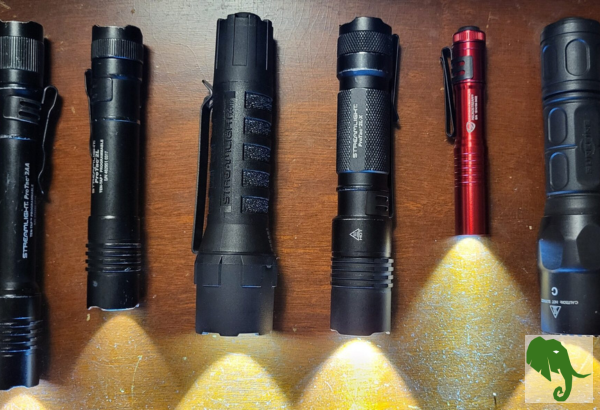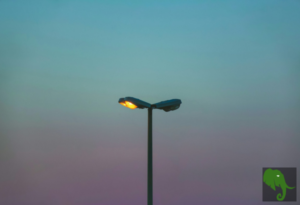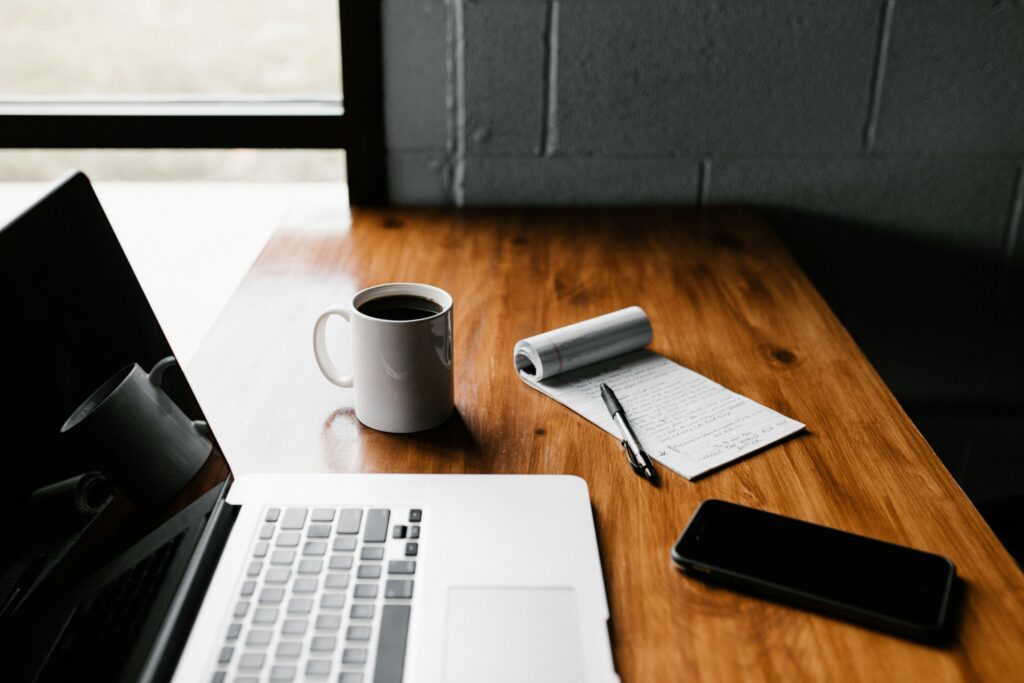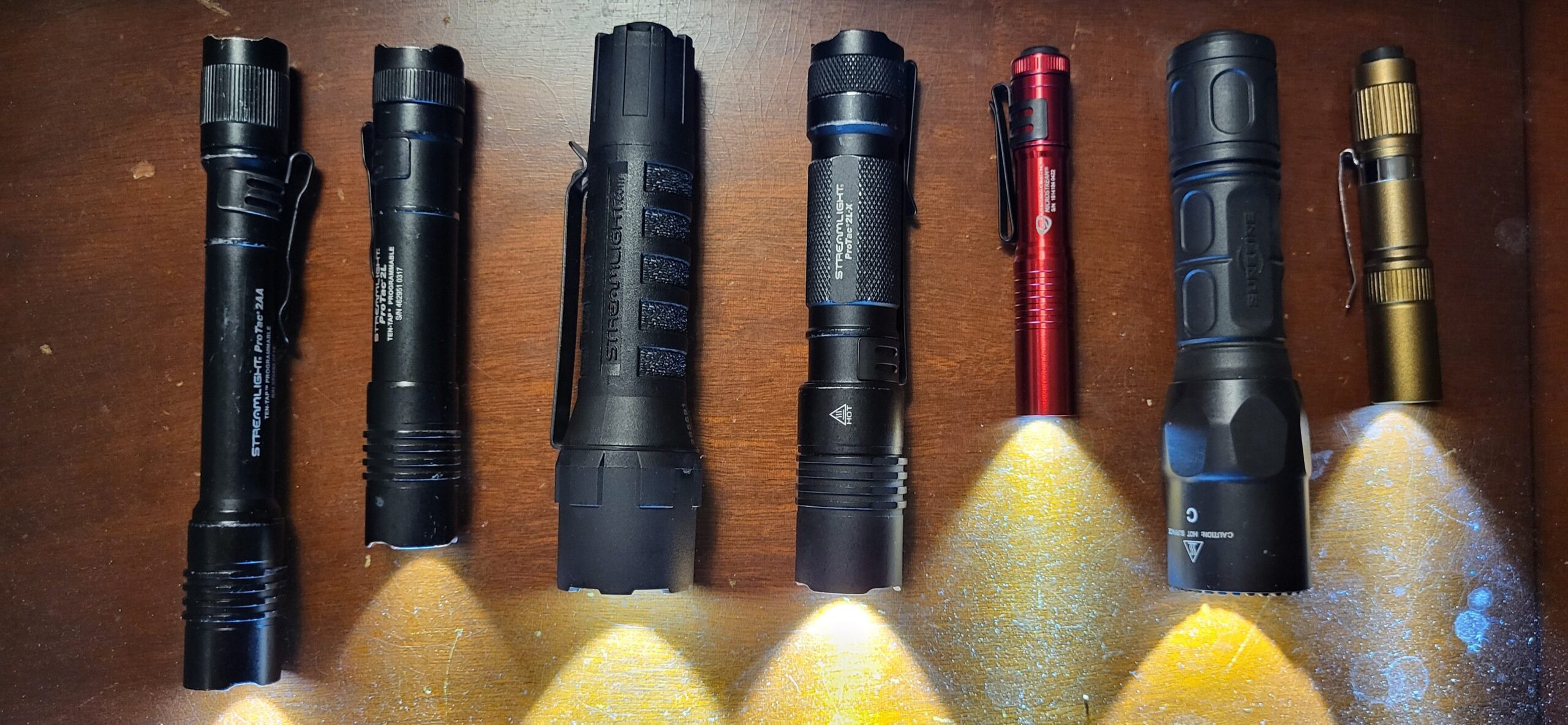
In any situation, having the ability to see clearly can mean the difference between life and death. This is especially true in low-light environments or during emergencies when visibility is limited. That’s where flashlights come in. These handy tools provide the illumination needed to navigate dark spaces, identify potential threats, and signal for help when needed. In this post, we’ll explore why carrying a flashlight is a good idea, how they are used, and what to look for when choosing the right one.
Why Carry a Flashlight?
When it comes to personal safety and preparedness, a flashlight should be an essential part of your everyday carry (EDC) kit. Here’s why:
- Visibility in Low-Light Environments: Whether you’re walking to your car at night, exploring the great outdoors, or searching through a dark room during a power outage, a flashlight provides the illumination needed to see clearly and navigate safely. I cannot tell you how many times someone was trying to make fun of me for carrying a flashlight until they saw me using it, usually to find something that had fallen under something else.
- Identifying Potential Threats: In self-defense situations, being able to identify potential threats before they become a danger is crucial. If you carry a firearm for defensive purposes, for example, a flashlight can not only help identify a threat; but it also can help you find a clear sight picture. And a very bright flashlight can temporarily blind an attacker, giving you the opportunity to escape or do what you need to do.
- An Impact Weapon: Some of the more ‘tactical’ flashlights are designed to be used an an impact tool, as they have a strike bezel, designed to do damage if you found yourself in a situation needing to use one as an impact weapon.
- Signaling for Help: In emergencies, a flashlight can be used to signal for help, whether you’re lost in the wilderness or trapped in a dark building. Many flashlights come with strobe and some with SOS functions specifically designed for signaling.
- Everyday Utility: Beyond emergency situations, flashlights have numerous everyday uses, from finding lost items in dark corners to working on a car engine after dark on the side of the road. They are versatile tools that can come in handy in a variety of situations.
How Flashlights Are Used
Flashlights, especially ‘tactical’ flashlights, are more than just simple handheld lights. These special flashlights are specially designed in many cases to be more durable than regular flashlights, reliable, and easy to use in a variety of situations. Here’s how they are typically used:
- Handheld Operation: Tactical flashlights are compact and lightweight, making them easy to carry in a pocket, bag, or clipped to a belt or gear. They are operated with a simple push-button switch, allowing for quick and easy activation, usually with only one hand.
- Variable Brightness: Most tactical flashlights offer multiple brightness levels, allowing you to adjust the intensity of the light to suit your needs. This can range from a low-intensity beam for up-close tasks to a high-intensity beam for long-distance illumination.
- Strobe and SOS Functions: Many tactical flashlights come with additional strobe or SOS functions for signaling and self-defense. The strobe function can disorient potential attackers, while the SOS function can be used to signal for help in emergencies.
- Long Battery Life: Tactical flashlights are designed to provide hours of continuous illumination on a single set of batteries. Many models also come with rechargeable battery options for added convenience. Keep in mind though that the higher brightness options can burn through batteries quicker; but that is a worthwhile trade-off.
What to Look for in a Flashlight
When choosing a flashlight, there are several factors to consider:
- Brightness: Look for a flashlight with a high lumen output for maximum brightness. A bare minimum of 200 lumens is recommended for most tactical applications; and I would probably say that a minimum of 300 lumens is even better. Bear in mind though that higher lumens does make it more difficult to see up close, as the brighter the light, the reflection is equally bright off of objects you maybe trying to look at up close.
- Durability: Choose a flashlight that is rugged and durable, with a shock-resistant housing and waterproof construction. This ensures that your flashlight will hold up in tough conditions and emergencies.
- Battery Type: Consider whether you prefer disposable or rechargeable batteries. While disposable batteries are convenient, rechargeable batteries can save you money in the long run and are more environmentally friendly. Some flashlights have USB-type recharging ports build into the flashlight.
You will also want to decide between regular battery sizes like AA or C, for examples, or something like a CR123, known for their reliability and high output. Of course, the typical battery sizes can be easier to come across in a pinch. Like everything else, there are pros and cons and you have to decide what is best for your needs. - Size and Weight: Opt for a compact and lightweight flashlight that is easy to carry and handle. A pocket-sized flashlight is ideal for everyday carry (EDC), while larger flashlights may be better suited for camping and outdoor use.
- Additional Features: Look for additional features such as multiple brightness levels, strobe and SOS functions, and adjustable focus or beam width. These features are why you might want to consider a ‘tactical’ flashlight as they can enhance the versatility and utility available to you. Just having selectable levels of brightness alone can help make a flashlight that much more utilitarian.
Brands to Consider
There are lots of brands on the market today, many with solid options. Personally, I am a big fan of Streamlight, especially for their price point and variety. And of course, there is SureFire, which I have one of, but be ready to shell out some coin for them. Know though that there are affordable brands with quality options, like Streamlight, that you will not go wrong with and not break the bank with either.
Conclusion
In any low-light situation, being able to see clearly is essential for safety and security. That’s why carrying a flashlight should be a priority for anyone concerned with personal safety and preparedness. Whether you’re navigating dark streets, exploring the wilderness, or preparing for emergencies, a flashlight can provide the illumination needed to see clearly, identify potential threats, and signal for help when needed.
And once you do decide on a flashlight for yourself, spend some time familiarizing yourself with its features and operation. You do not want to wait until you need it or you are under duress to try and figure it out.
Related Content

The Importance of Parking Under or Near Light for Safety
When you find yourself needing to go to a store at dusk, dawn, or after dark, one crucial safety measure to consider is where you…

Read other OwnGuard Solutions blog posts
Read our other posts centered around being safer and better prepared.

